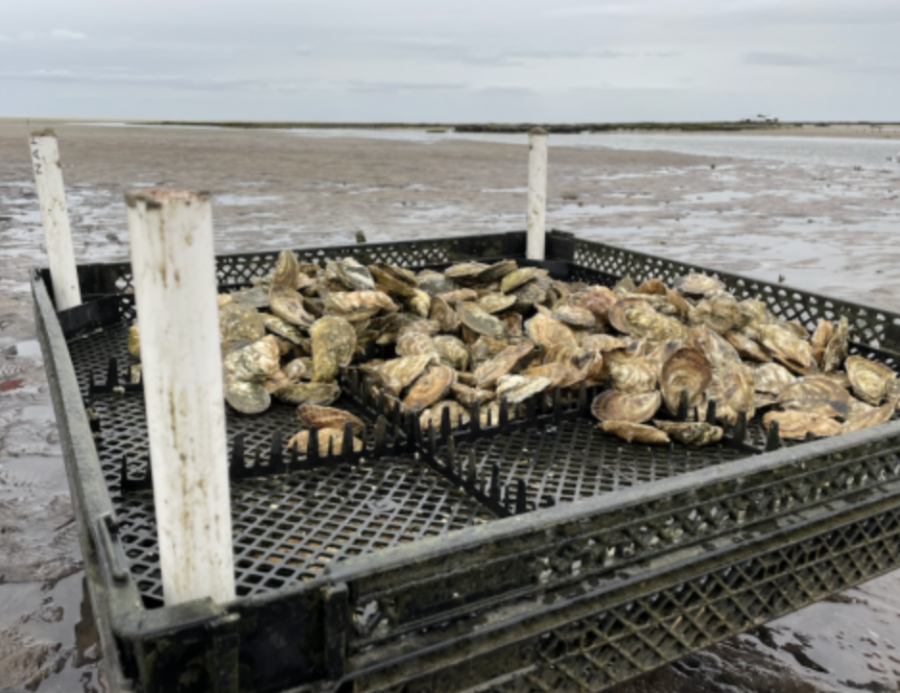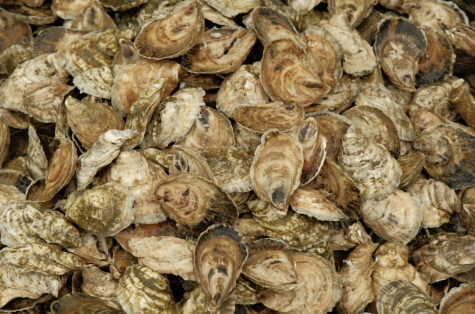Adventure isn’t always far away: How The Producing The Documentary course keeps the camera rolling for the spring semester
Photos taken from oyster farm in Cape Cod.
(Photo Credits: Dr. Maria Luskay)
Pace University’s Producing the Documentary course is one of the university’s most highly anticipated spring production courses. The course is led by Dr. Luskay who’s taught the course for over 20 years.
This course allows students to produce high-quality documentaries developed during trips to destinations like Hawaii, Cuba, The Netherlands and Costa Rica. This media-intensive course gives students 14 weeks – a full semester – to produce a completed documentary.
Undergraduates must have taken production and media writing courses prior to registering. Undergraduates will also need experience in hands-on media production, media development, and extensive knowledge of filming equipment to be considered for this course.
Dr. Luskay takes an innovative approach to the course, focusing its content on environmental documentaries. Luskay believes environmental documentaries present crucial and fascinating information to the public which they wouldn’t have known otherwise.
This study abroad course has built anticipation and excitement among the entire student population. However, due to university health mandates, the university and provost have elected to cancel all faculty-led study abroad initiatives. Dr. Luskay had initially intended to travel to France to study urban beekeeping, however had to make quick adjustments that aligned with university COVID-19 mandates.
The course will remain local this semester due to longstanding COVID-19 precautions. However, this hasn’t stopped Dr. Luskay from finding a riveting story. Luskay’s experiences at Cape Cod this past summer exposed her to the interesting dynamic of oyster life in the United States. While at Cape Cod, Luskay met an oyster farmer who offered to show her his oyster farm. From there, Luskay was amazed at the entire dynamic of oyster farming in America.
“It’s something that is so popular in the Northeast. People all over the world eat oysters from this particular area,” said Luskay. “This is a very popular oyster location.”
Oysters feed by filtering algae from the water, ultimately removing nutrients from the water, which, in excess, can degrade the aquatic environment. This means they feed by pumping water through their gills, trapping particles of food as well as nutrients, suspended sediments and chemical contaminants. A single adult oyster can filter more than 50 gallons of water a day. In doing so, oysters help keep the water clean and clear for underwater grasses and other aquatic life.
Luskay urges students to remember that a good story could be found anywhere. “It’s never about the location, but the story,” said Luskay.
Placing more importance on the value of the story produced is ultimately more important than the destination. When selecting new documentary topics, Luskay also tries to choose human interest stories which can prompt viewers to question why certain people choose to do what they do.
“Part of the story is also finding the people who are interesting to provide information about what it is that they do,” said Luskay.
Luskay says students can expect to be working hard and learning a lot, utilizing and developing skills crucial to documentary production.
Check out all documentaries produced through the Producing the Documentary course below.
Click here to learn more interesting facts about oysters.
Your donation supports independent, student-run journalism at Pace University. Support the Pace Chronicle to help cover publishing costs.


